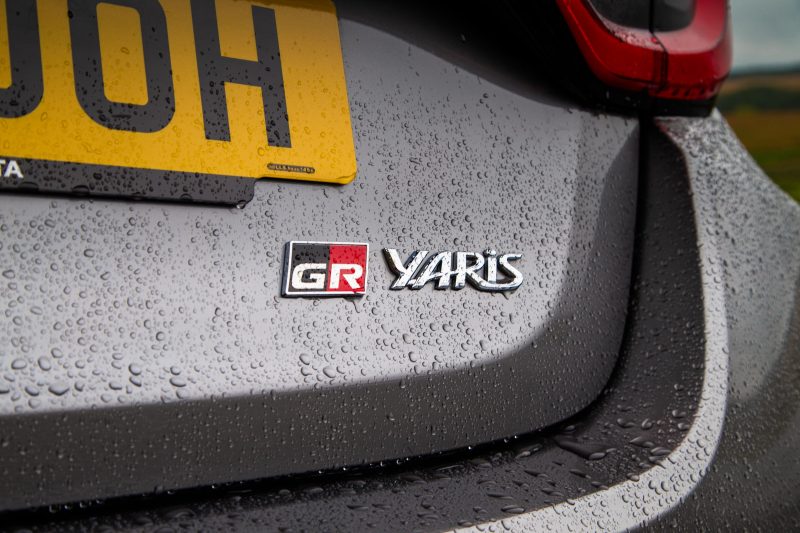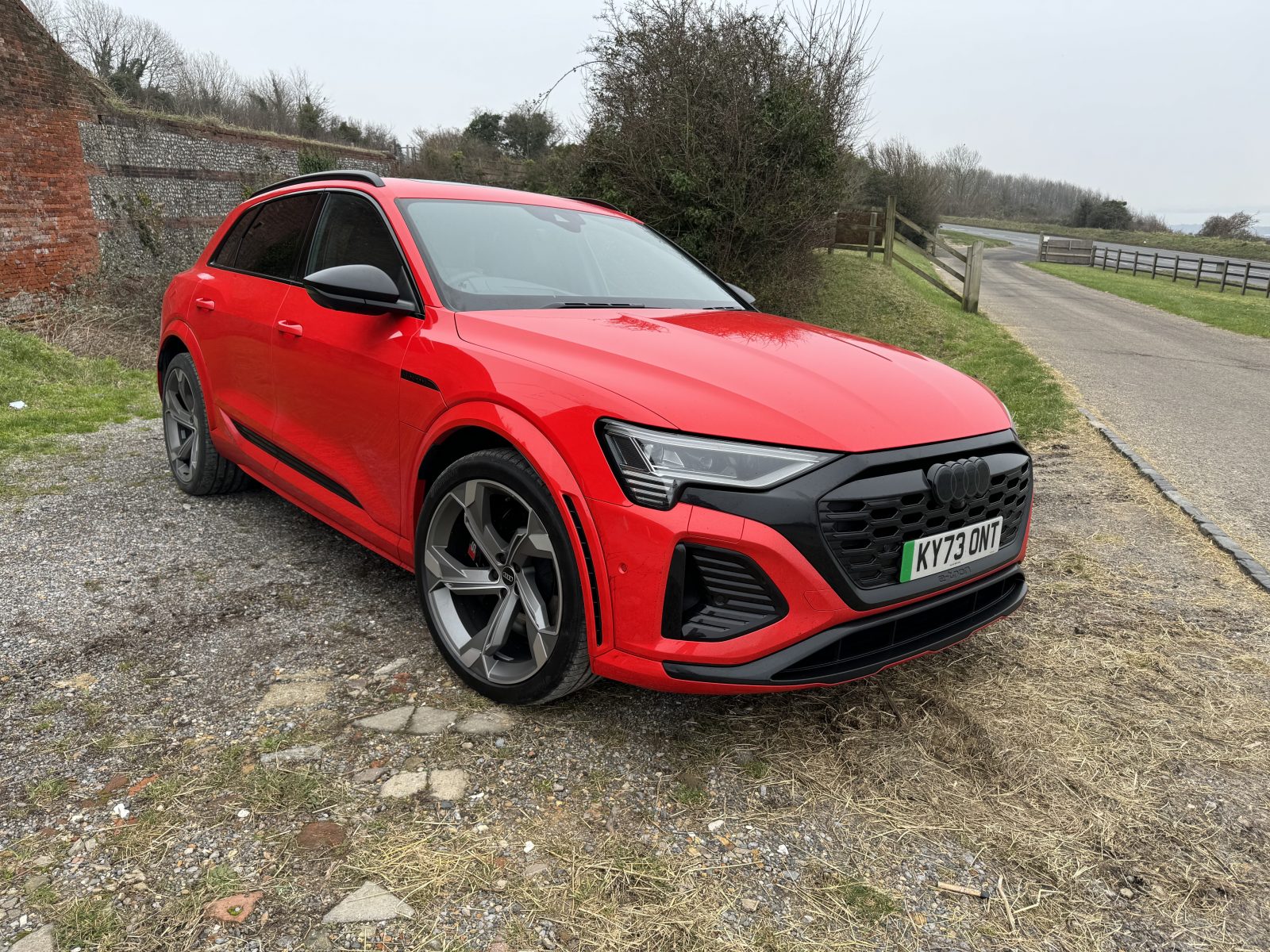The new M5 gains plug-in hybrid power for the first time, but what does that mean for the driving experience? James Baggott finds out.
What is it?

The BMW M5 has long been the pinnacle of performance saloons. Introduced 40 years ago, the Autobahn-busting sports car has appealed thanks to its combination of supercar-slaying thrills and the ability to transport your family in comfort.
This latest version is the most powerful yet with a plug-in hybrid set-up that can drive silently around town for around 60 miles while still being capable of cracking 189mph and accelerating to 60mph in just under 3.5 seconds.
What’s new?

That plug-in hybrid set-up is a first for BMW’s performance M cars. It helps boost performance and efficiency and means it’s able to achieve fuel economy of around 28mpg.
There’s a new curved double screen display in the cabin, four wheel drive, adaptive suspension and dramatic new styling in look-at-me garish paint colours.
What’s under the bonnet?

Purists will be aghast that BMW has dared to introduce electric power to their beloved performance car, but they won’t sniff at the figures. The electric motor is mated to a 4.4-litre V8 which, combined, produces a whopping 737bhp and 1,000Nm of torque.
The battery can be charged with a 7.5kW home charger in around three hours too. All that translates into a kidney-punishing punch on the open road, but it does feel slightly strange when you put your foot down as there’s a momentary, but noticeable, pause when it switches from electric to petrol power.
What’s it like to drive?

It’s devastatingly quick once V8 and hybrid powertrain are working in harmony, but it’s seriously heavy. With an engine, battery and electric motor to conceal under its clothes, there’s definitely been a bit of mid-life spread for the now 40-year-old M5.
These days it tips the scales at nearly 2.5 tonnes – some 470kg more than the previous model. Engineers have tried to make it feel lighter to drive, mostly thanks to lighter steering and adaptive suspension, but it’s not completely flawless.
How does it look?

The new M5 is certainly striking and when specified with the outlandish yellow or garish green paint job, it’s impossible to miss.
Quad exhausts at the rear, a subtle boot spoiler, deep front splitter and flared arches mean you won’t mistake this for anything other than a performance M car.
What’s it like inside?

Inside the huge curved screens dominate the driver’s view. They’re packed with information and can be fussy to use on the move. But an Alexa-like control system, that allows you to ask the car to open windows, turn up the heating, change the radio station and most other things you’ll want to do on the move works well and is intuitive.
Flashy lighting panels around the dashboard and doors, which pulse in the colours of the M badge, also add some drama to the cabin at night. The seats are wonderfully comfortable and there’s plenty of room for the kids and their assorted accompaniments.
What’s the spec like?

You get plenty of toys on the M5 including huge six-piston brake callipers the size of loaves of bread, driver assistance systems to get you out of trouble and lots of parts made from carbon fibre to try and save weight. It’s got adaptive suspension for a smoother ride and even has an app to help you park the car remotely from up to 200 metres away.
Inside there’s also a head-up display that projects speed, revs and other information onto the windscreen. Prices for the new M5 start from £114,705 and remember that a more practical Touring version will be shortly available too.
Verdict
The big question here is does a hybrid set-up work in a performance BMW M car? And the answer is: sort of. The benefits of silent driving on electric power are a bonus, especially as it also brings down emissions and increases fuel economy. What’s more, the added punch it gives the V8 when you’re pressing on – and let’s face it, that’s what an M5 is all about – is also incredibly addictive, but you’ll just have to forgive for the jarring transitions.
If you’re looking for a performance car with a conscience, though, this could be it – just don’t expect to go anywhere unnoticed as it stands out like a police officer with a speed gun.
Facts at a glance
- Model: BMW M5 Saloon
- Base price: £114,705
- Model as tested:
- Price: £132,670
- Engine: V8 plug-in hybrid
- Power: 737bhp
- Torque: 1,000Nm
- Max speed: 189mph
- 0-60mph: 3.5 seconds
- MPG: 28
- Emissions: 34g/km
- Range (if applicable): 60 miles



































